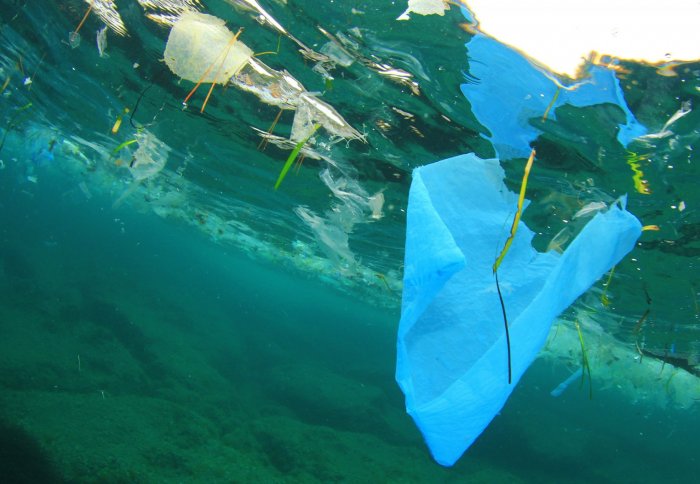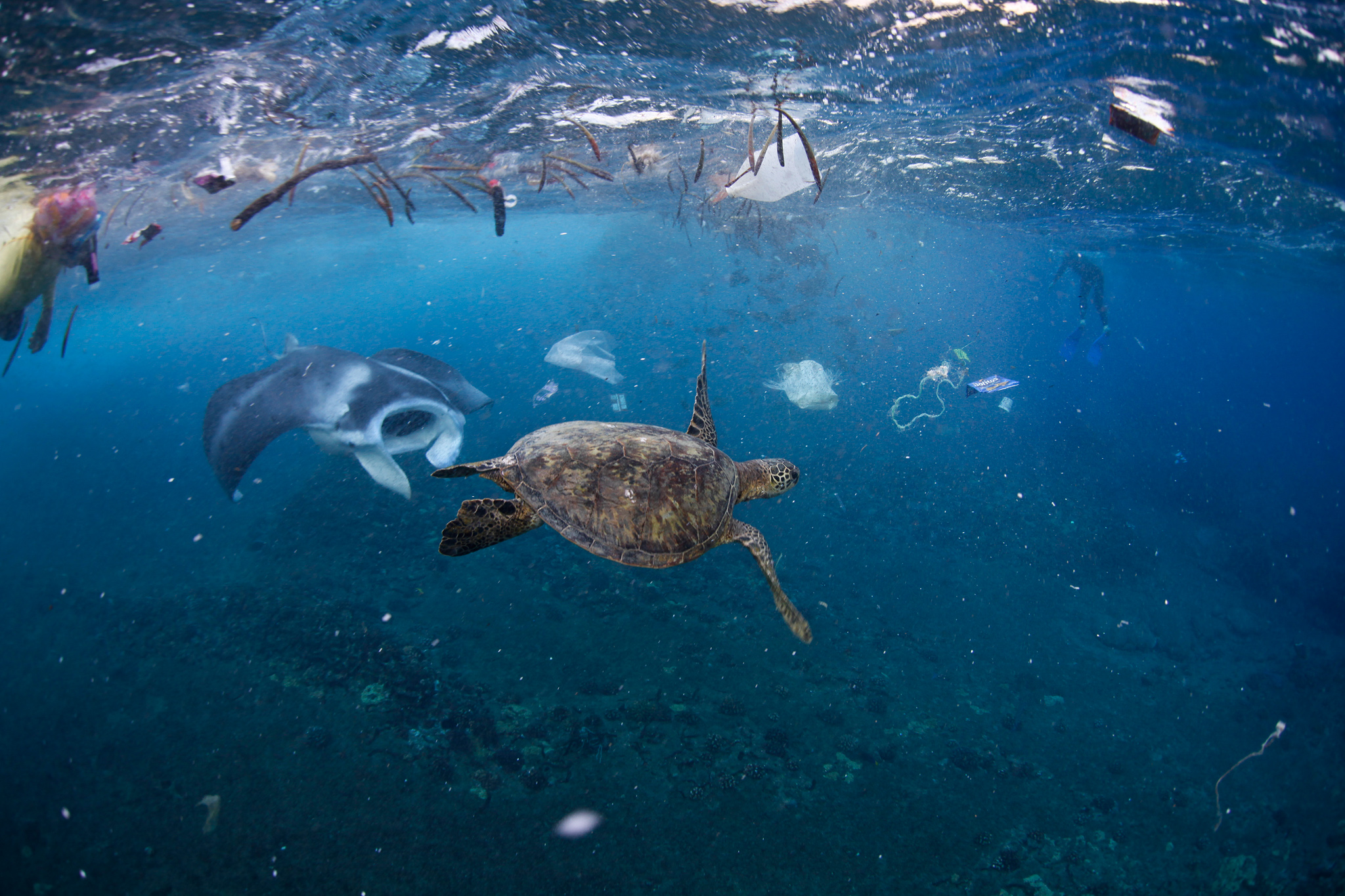

Yet Sir David Attenborough, The Smithsonian, and Greenpeace falsely allege that the parent birds are “feeding” plastic to their chicks “mistaking it for food” and that this is killing their chicks. Many studies by bird specialists have found that this has no negative effects on chicks or adults. There are no pebbles in the ocean, so seabirds use floating bits of pumice from undersea volcanoes, bits of hard wood, floating nuts from trees, and since plastic was introduced to the oceans about 60 years ago, suitable bits of floating plastic. To aid in this process, birds on the land use pebbles fed to them by their parents from birth and then they gather pebbles for themselves all their lives. All birds have two stomachs, one like ours and another that is a muscular organ, the gizzard, used to grind large hard pieces of food so they can be digested. Birds have no teeth, so they swallow their food whole. Perhaps the most unique benefit of floating bits of plastic in the sea is their use by seabirds as an alternative for the traditional items used as digestive aids in their gizzards. Many plastic objects are in the form of containers, so unlike most driftwood can be used as shelter from predators and habitat for breeding. Floating pieces of plastic are like small floating reefs that enhance rather that harm marine life. Like driftwood in the ocean, plastic promotes life, as many marine species attach themselves to it, lay their eggs on it, or eat other species that are living on it. Plastic litter may appear unsightly, but like driftwood on a beach it is not toxic and does not harm life. Pollution is either a toxic substance or one that is harmful to life in other ways. There is a big difference between pollution and litter. Plastic does not miraculously become toxic in the ocean. If plastic were toxic, we would not wrap our food in it.

It helps prevent spoilage from bacteria and mold, and protects the food from contamination by actual toxic substances. This is one of the reasons we package and wrap much of our food in plastic. To begin, despite the vast amount of propaganda, plastics are not toxic, they are inert. Today they are made into polymers such as polyethylene, polypropylene, and polyvinyl chloride, otherwise known as PVC or vinyl. Oil, coal, and natural gas are all products of solar energy that produced forests and sea life that turned into fossil fuels over the millennia. Natural rubber and synthetic rubber are polymers and therefore plastics. Cotton is pure cellulose and is therefore also a plastic.

For example, rayon and cellophane are made from cellulose which is a polymer of glucose derived from wood and are therefore plastics. Nearly all plastics originate from living matter formed with solar energy by photosynthesis in plants on land and sea. Plastics are polymers - long-chain compounds often composed of identical molecules. Plastic is made from several raw materials including oil, coal, natural gas, and wood. In fact, plastic in the oceans is doing far more good than harm. Because the average person cannot see the middle of the Pacific for themselves sensationalist activists, media, and politicians just make this up.

Yes, there is plastic in the oceans, mostly discarded fishing gear, but there is no island of plastic waste twice the size of Texas in the middle of the Pacific Ocean. Of all the fabricated narratives about the environment, this one takes the cake. That makes it more than double the size of Texas.” CNN – March 23, 2018. According to a three-year study published in Scientific Reports Friday, the mass known as the Great Pacific Garbage Patch is about 1.6 million square kilometers in size – up to 16 times bigger than previous estimates. “ A huge, swirling pile of trash in the Pacific Ocean is growing faster than expected and is now three times the size of France.


 0 kommentar(er)
0 kommentar(er)
